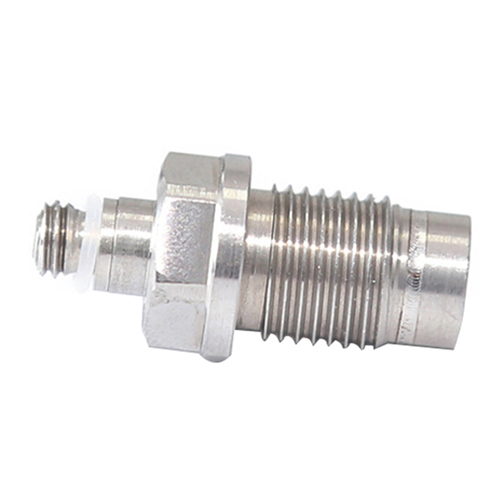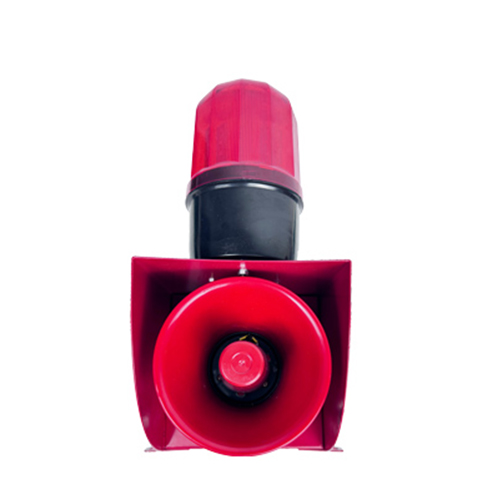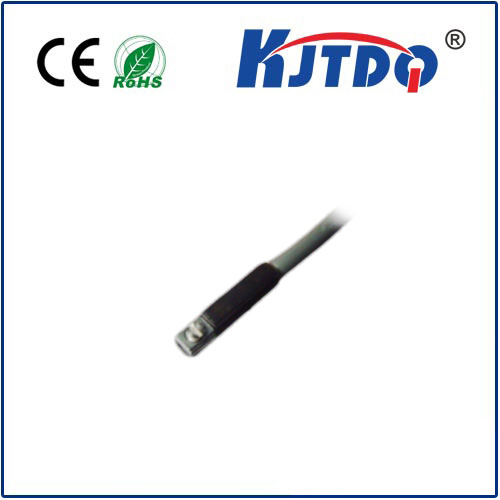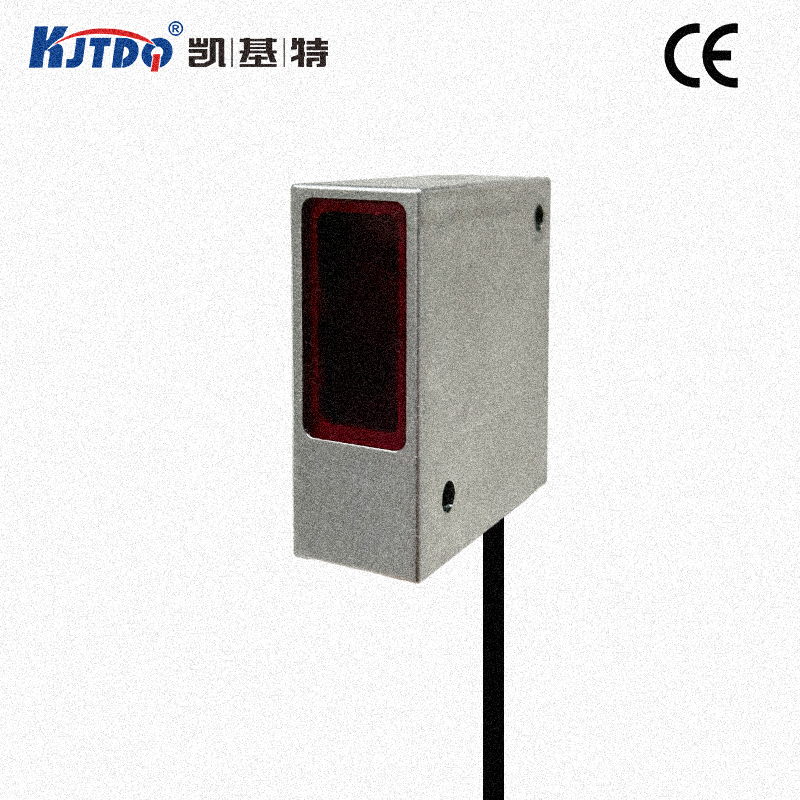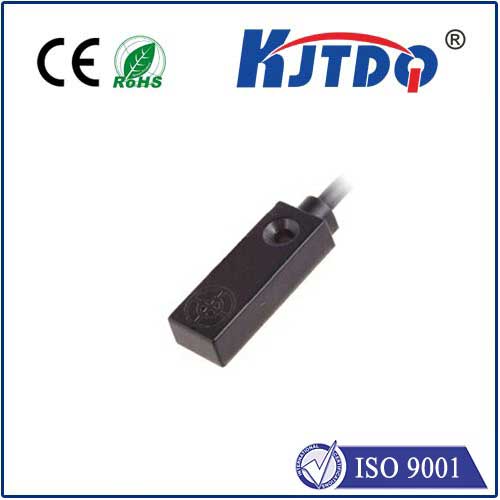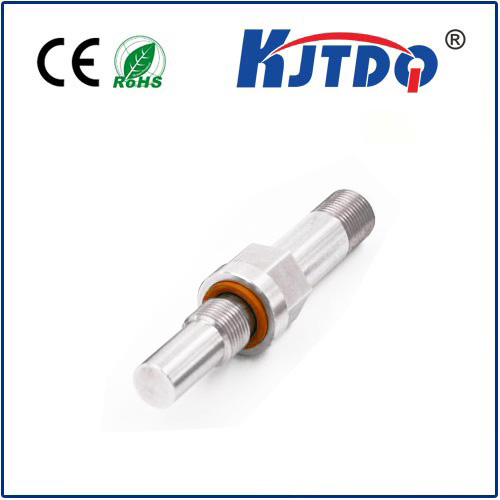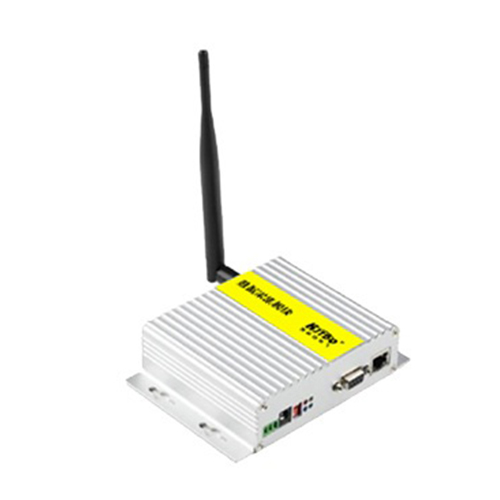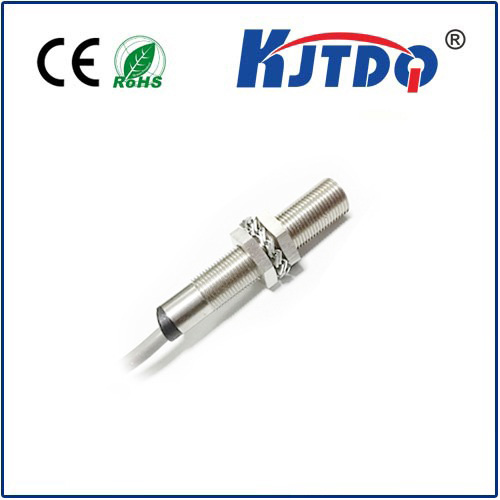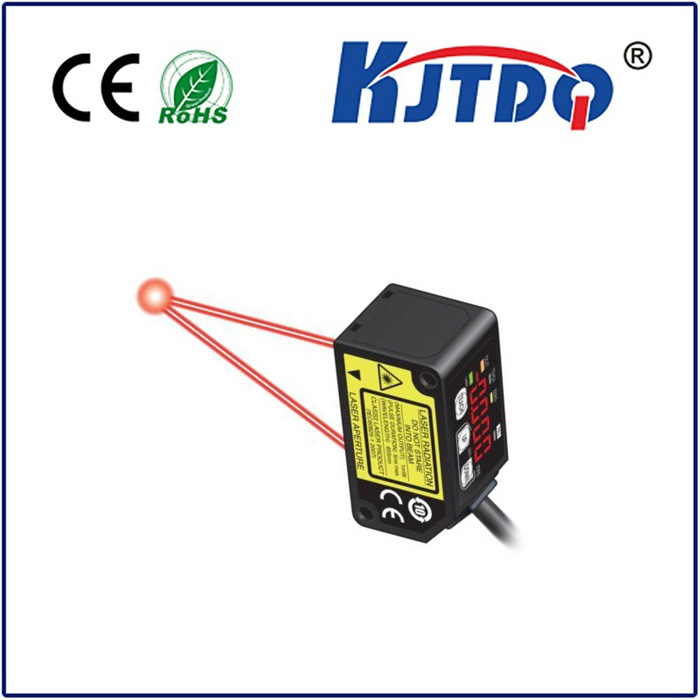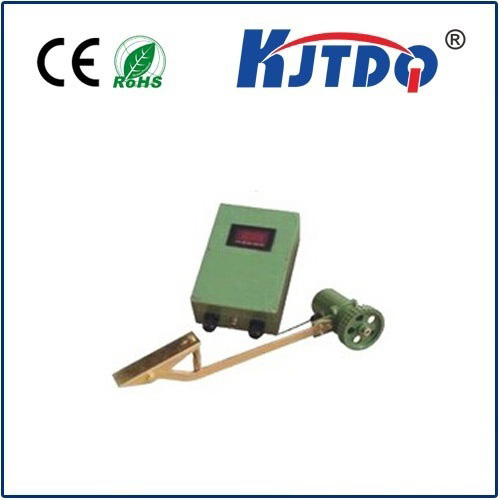BES01T3 high pressure proximity sensor
- time:2025-10-15 04:42:11
- Click:0
BES01T3 High Pressure Proximity Sensor: Precision Sensing in Demanding Environments
Imagine the intense environment inside a high-pressure hydraulic test rig. Fluids surge under immense force, temperatures fluctuate wildly, and metal components vibrate relentlessly. Reliably detecting the precise position of a piston or valve within this chaos is not just desirable – it’s critical for safety, efficiency, and preventing catastrophic failure. Traditional sensors often buckle under these rigors. This is precisely where specialized components like the BES01T3 High Pressure Proximity Sensor step in, engineered to deliver unwavering performance where others falter.
Understanding the Core: High Pressure Proximity Sensing
At its heart, a proximity sensor detects the presence or absence of a nearby object without physical contact. Inductive proximity sensors, like the BES01T3, achieve this by generating an electromagnetic field. When a metallic target (often called the “actuator”) enters this field, it induces eddy currents within the target. These currents absorb energy from the sensor’s oscillator circuit, causing a measurable change (typically a reduction) in the oscillation amplitude. Sophisticated circuitry within the sensor detects this change and triggers an output signal switch – signaling the target’s presence. The term “high pressure” explicitly denotes the sensor’s design strength: its ability to maintain reliable operation and hermetic sealing even when submerged in fluids or exposed to external pressures far exceeding standard atmospheric conditions. This makes the proximity sensor uniquely suited for challenging industrial applications.
The BES01T3: Engineered for Resilience and Reliability

While specific proprietary designs vary between manufacturers, sensors designated under terms like BES01T3 typically embody specific performance characteristics tailored for harsh environments. Here’s what defines this class of sensor:
- Exceptional Pressure Tolerance: This is the defining feature. The BES01T3 high pressure proximity sensor is built with reinforced housings (often robust stainless steel like V4A/316L) and specialized sealing technologies. It can reliably withstand sustained exposure to external fluid pressures potentially reaching hundreds of bar (or thousands of PSI), often well beyond the ratings of standard inductive sensors. This inherent pressure resistance is non-negotiable for applications involving deep submersible equipment, high-pressure hydraulic systems, or dense media processing.
- Robust Environmental Protection: Beyond pressure, these sensors frequently boast high Ingress Protection (IP) ratings, such as IP67, IP68, or even IP69K. This signifies protection against dust ingress and extended immersion or high-pressure water jets, ensuring internal electronics remain functional in wet, dirty conditions. Resistance to aggressive media like oils, coolants, and mild chemicals is also a standard requirement.
- Wide Temperature Stability: Industrial processes don’t operate at room temperature alone. The BES01T3 sensor is designed to maintain stable switching characteristics across a broad operating temperature range, reliably functioning from freezing cold to extreme heat encountered near engines or furnaces.
- Immunity to Interference: Industrial environments are electrically noisy. High-quality sensors incorporate shielding and advanced circuit design to resist electromagnetic interference (EMI) and voltage spikes, guaranteeing signal integrity and preventing false triggering.
- Precision Sensing Performance: Despite the rugged build, sensing distance accuracy and repeatability remain crucial. The proximity sensor consistently detects targets within its specified range, whether configured for flush or non-flush mounting, and often provides choices like Normally Open (NO) or Normally Closed (NC) outputs (PNP or NPN transistor switching). High switching frequencies ensure it can keep pace with rapidly moving targets.
- Compact and Versatile Form Factor: Meeting demanding specs doesn’t necessarily mean bulky. Designs like the BES01T3 often come in compact, cylindrical form factors (e.g., M8, M12, M18, M30 threaded barrels) allowing for easy integration into space-constrained machinery.
Where the BES01T3 High Pressure Proximity Sensor Delivers Value
The unique strengths of sensors like the BES01T3 make them indispensable in numerous demanding sectors:
- Hydraulic & Pneumatic Systems: Monitoring piston position within cylinders, detecting valve spool movement, confirming tool clamping/unclamping in presses – all under high fluid pressure. Failure here could mean leaks, uncontrolled movement, or system damage.
- Marine & Offshore Applications: Subsea equipment, winches, and deck machinery operate in high-pressure seawater environments where corrosion resistance and pressure sealing are paramount.
- Heavy Machinery & Mobile Equipment: Excavators, bulldozers, and agricultural machinery rely on robust sensing in hydraulic circuits, suspension systems, and implement positioning, facing constant vibration, shock, dirt, and moisture. The BES01T3 ensures control systems get accurate feedback.
- Oil & Gas Industry: Downhole tools, drilling equipment, refining processes, and pipeline valve monitoring demand sensors that can handle extreme pressures, temperatures, and potentially corrosive media. Reliability is critical for safety and operational continuity.
- High-Pressure Die Casting & Molding: Verifying mold closure or core pulls under immense clamping forces requires sensors immune to the intense pressure and heat generated within the machine.
- Chemical & Pharmaceutical Processing: Monitoring valves, pumps, and actuators in systems handling pressurized liquids or gases, where chemical resistance and leak-proof integrity are vital.
- Test & Measurement Rigs: Verifying component position or displacement within chambers built to simulate high-pressure environments for R&D or quality assurance.
Beyond Basic Detection: Enabling Control and Safety
The BES01T3 high pressure proximity sensor does more than just signal presence. It’s a fundamental component enabling:
- Precision Control: Providing real-time feedback for closed-loop control systems managing cylinder strokes, valve timing, or robotic movements in high-pressure environments.
- Safety Lockouts: Ensuring machine guards are closed, tools are clamped correctly, or pressure vessels are sealed before high-pressure processes commence, preventing hazardous situations.
- Condition Monitoring & Predictive Maintenance: Tracking cycle counts or detecting anomalies in movement (like delayed actuator arrival) can signal potential wear or impending component failure before it causes downtime.
- Sequence Verification: Confirming the correct sequence of operations within complex hydraulic or pneumatic circuits.
Selecting the Right Tool: Why BES01T3 Represents a Class
Choosing a sensor for a high-pressure application requires careful consideration. Generic sensors simply won’t survive. A designation like BES01T3 signifies a product category engineered specifically to overcome the challenges of pressure, environmental extremes, and industrial harshness. It represents a commitment to robustness, reliability, and longevity where failure is not an option.
When your application demands reliable, contactless position sensing immersed in hydraulic fluid, within a pressurized vessel, or amidst the relentless conditions of heavy industry, high pressure proximity sensors like the BES01T3 are not just an accessory – they are an essential component for achieving operational resilience, efficiency, and safety. Their ability to deliver precise feedback, undeterred by crushing pressures and punishing environments, makes them a decisive edge in the most challenging industrial landscapes.






